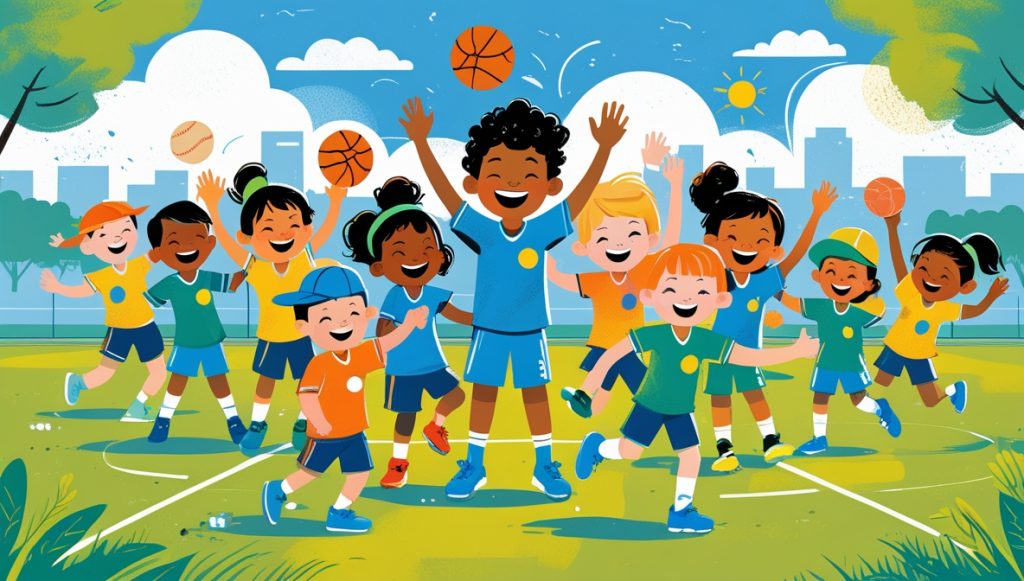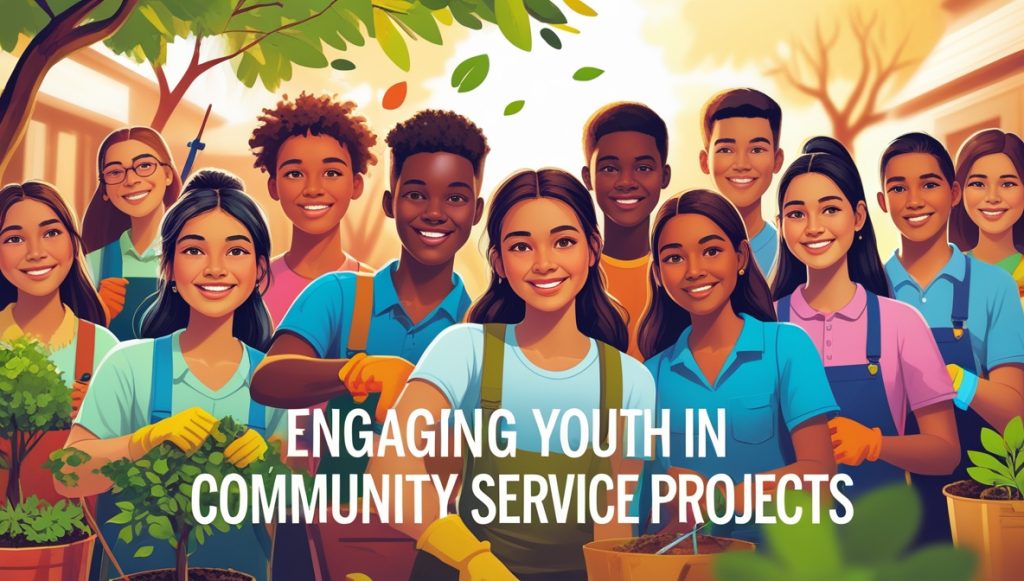Community sports leagues play a vital role in fostering physical health, teamwork, and fun among young participants. A well-run sports league creates an environment where children can learn valuable life skills while enjoying regular physical activity. This guide provides a clear roadmap for setting up a sports league that is secure, accessible, and engaging for kids.
Establishing the Framework
Begin by identifying the primary goals of your league. Consider what you want children to gain from participation. Common objectives include promoting fitness, teaching sportsmanship, and building community connections. Clarify these aims as they form the backbone of every decision made in the planning process.
- Identify Your Audience: Determine the age groups and skill levels that the league will serve. Create opportunities for various skill levels so every child finds a comfortable space to participate.
- Define the Sport and Format: Choose the sports that will be offered and the format of play. Options include team sports such as soccer, basketball, or volleyball, or individual sports that can later include team events.
- Set Clear Guidelines: Develop policies that address safety protocols, participation requirements, and fair play. Write rules that are simple, direct, and accessible to parents and children.
Safety and Accessibility Measures
Safety is a top priority when organizing any sports event. Every plan should incorporate measures that reduce risks and manage potential hazards. Parents and participants need to feel confident that their well-being is being prioritized.
- Risk Assessment: Conduct a thorough review of potential hazards at the facilities where the league will take place. This may include inspecting fields or courts for any damage, ensuring proper maintenance of sports equipment, and confirming that emergency services are nearby.
- Medical Support: Collaborate with local health professionals or first responders to establish on-site first aid during games and practices. Maintain an updated record of participants’ medical information with appropriate parental consent.
- Accessible Facilities: Verify that all venues comply with local accessibility standards. This ensures that every child, regardless of physical ability, can join the activities. Provide clear signage, wheelchair-accessible entrances, and adequate seating for parents and guardians.
Building a Supportive Team
The success of a sports league heavily depends on the people who run it. Coaches, volunteers, and organizers must work together to create a nurturing environment.
- Recruit Qualified Coaches: Look for individuals with a background in sports training and child development. Their experience and passion will directly impact the quality of the league.
- Volunteer Involvement: Engage parents and community members to support logistics, event planning, and communication. Volunteers can assist in various roles such as scorekeeping, managing equipment, and supervising during games.
- Training Sessions: Organize training sessions for both coaches and volunteers to standardize practices and ensure everyone understands safety protocols and communication strategies.
Promoting the League
After establishing the operational details, focus on attracting participants and informing the community. An effective promotion strategy spreads the word and encourages families to join.
- Local Outreach: Connect with community centers, schools, and local businesses to display flyers and distribute information. Partnering with local organizations increases visibility.
- Social Media Campaigns: Use platforms that are popular with parents and local groups to share updates, success stories, and upcoming events. Regular posts keep the community engaged and informed.
- Word of Mouth: Encourage current participants and their families to share their positive experiences. This grassroots method can significantly boost enrollment.
Managing Operations and Evaluation
Once the league is underway, continuous management and feedback collection help maintain quality and safety. Regular monitoring ensures that operations run smoothly and that issues are resolved quickly.
- Regular Meetings: Hold periodic meetings with coaches, volunteers, and league administrators to discuss progress, challenges, and improvements.
- Feedback Channels: Create an accessible system for parents, players, and volunteers to provide input. Surveys, suggestion boxes, and online forms are useful tools for collecting opinions and ideas.
- Performance Tracking: Keep records of participation, injuries, and game outcomes. This data provides insight into the league’s effectiveness and highlights areas for potential improvement.
Final Thoughts
A well-structured community sports league creates an environment where kids thrive. With clear goals, strong safety measures, a dedicated team, effective promotion, and ongoing management, the league becomes a foundation for positive growth. The process requires planning and cooperation, but the benefits extend far beyond the sports field. Children develop skills that serve them in every aspect of life, and the community benefits from increased unity and activity. Each step builds a legacy of teamwork, physical health, and community spirit that endures over time.






